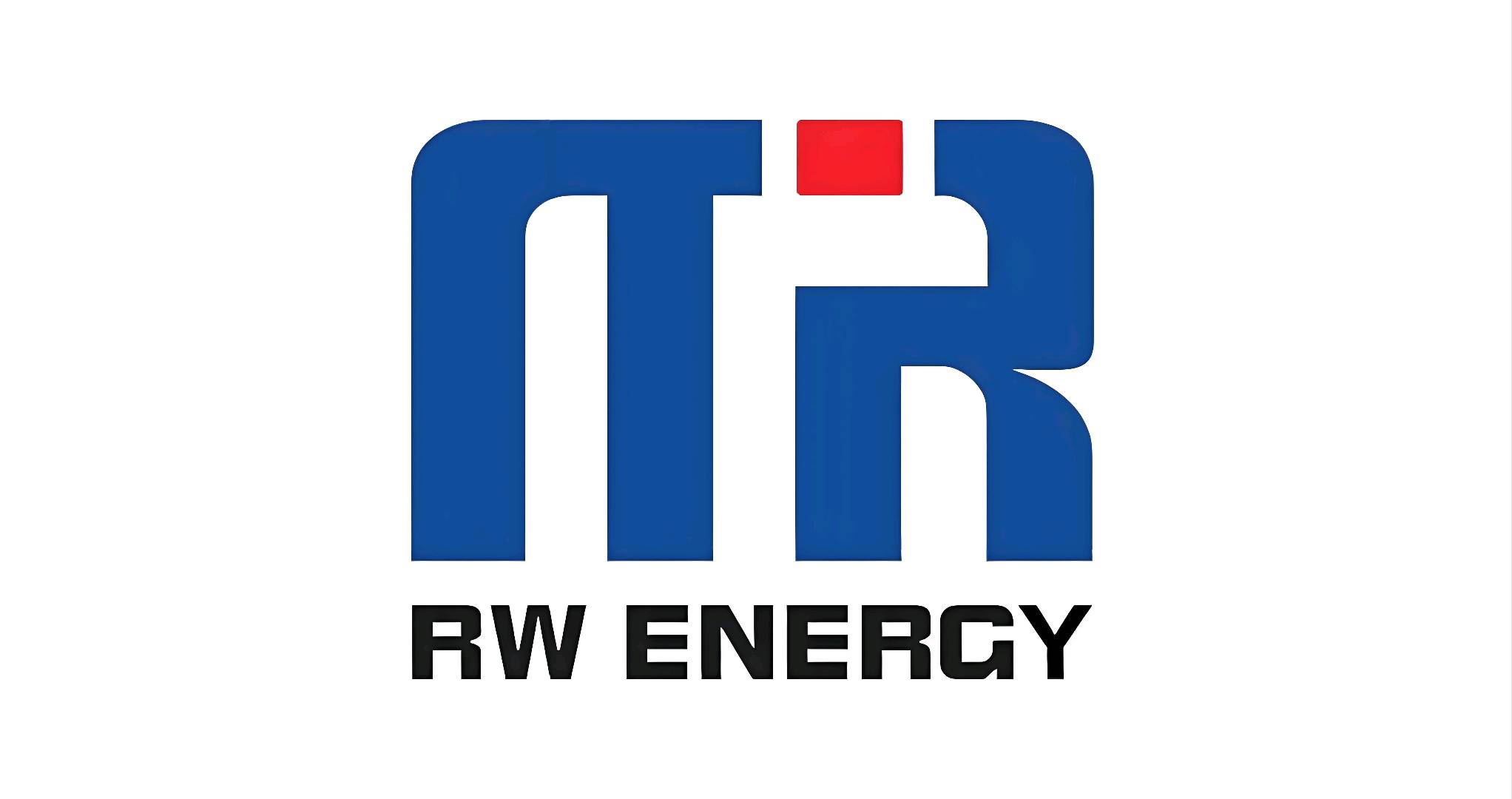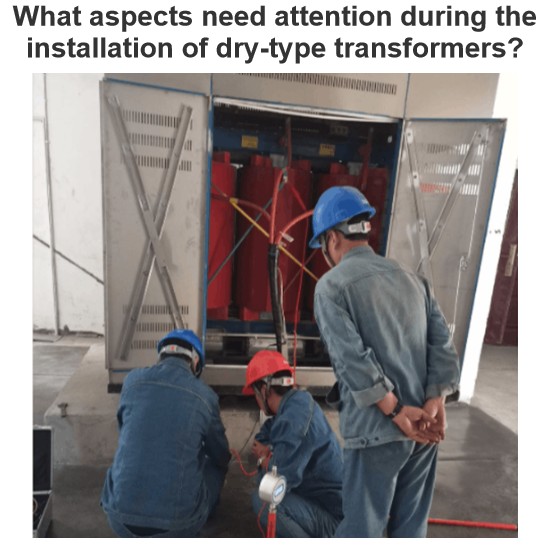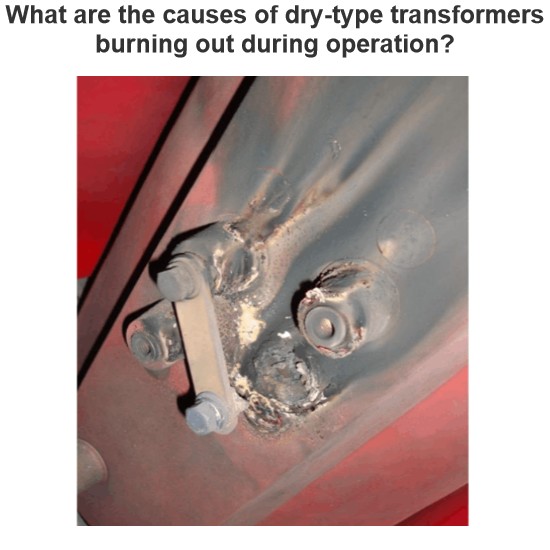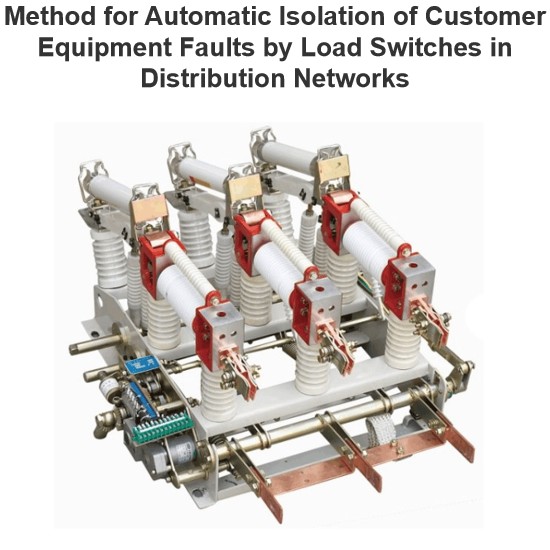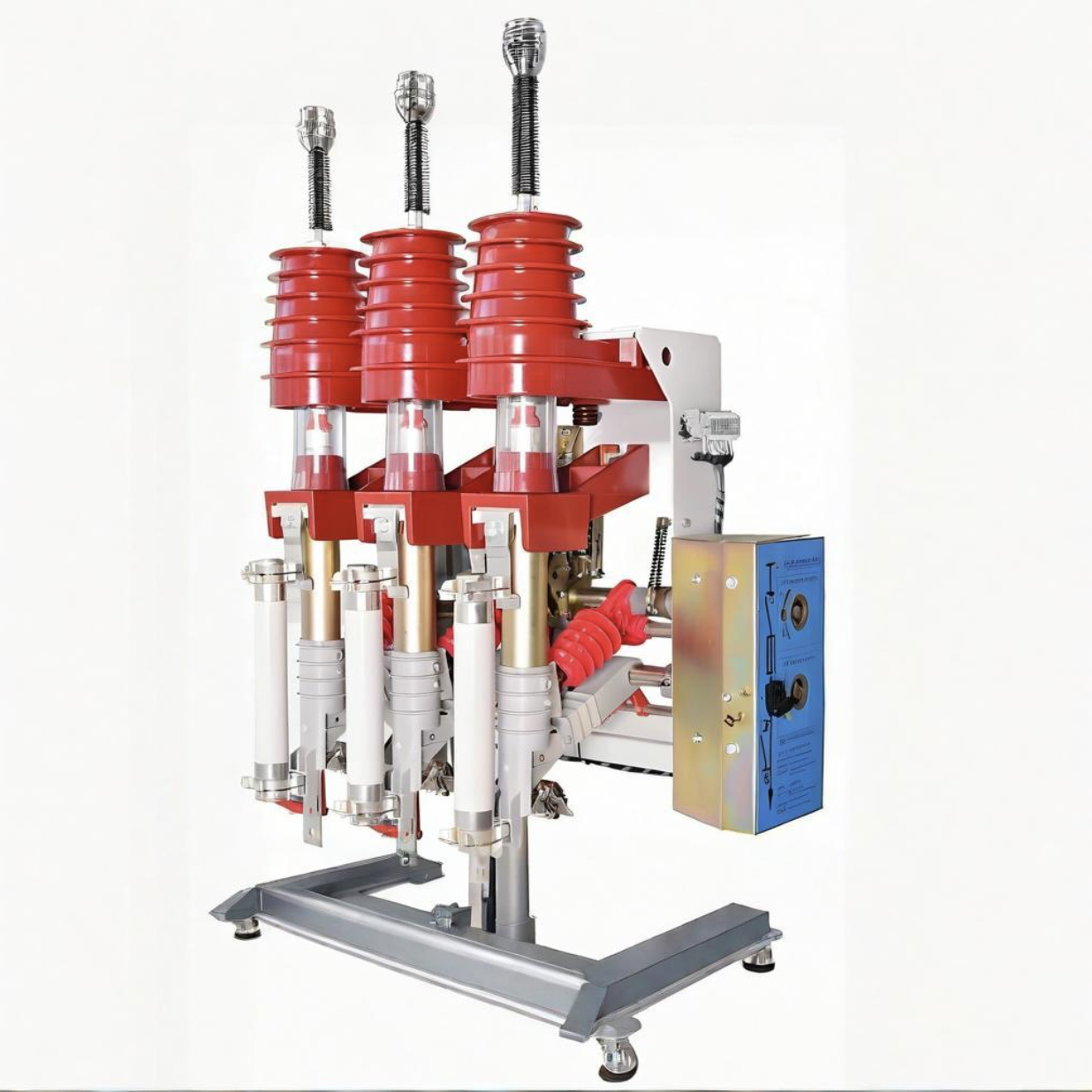| Brand | RW Energy |
| Model NO. | 160kW 180kW 200kW 240kW 320KW GBT CCS1 CHAdeMO CCS2 Connector Double Gun Fast DC EV Charging Station |
| Rated Output Rating | 160kW |
| Output Voltage | DC 200-1000V |
| Power Conversion Efficiency | ≥95% |
| Connector Options | CCS2+CHAdeMO |
| Cable Length | 5m |
| Input Voltage | 380V |
| Series | DC EV Chargers |
Description:
This series of DC fast chargers offers 160kW, 180kW, 200kW, 240kW, and 320kW power options with GBT, CCS1, CHAdeMO, CCS2 connectors, supporting dual-gun simultaneous charging to meet the high-efficiency energy replenishment needs of global EVs. Compatible with domestic GB/T vehicles, European/American CCS models, and Japanese CHAdeMO standards, it enables plug-and-charge convenience for all major EV brands.
Key Features:
Full Power Range Coverage: Five power configurations from 160kW to 320kW, suitable for light buses, passenger cars, and electric trucks. The 320kW model charges vehicles from 10% to 80% in just 30 minutes.
Dual-Gun Parallel Charging: Two independent charging guns support simultaneous operation, with each gun delivering up to 320kW, significantly enhancing station throughput and reducing user wait times.
Universal Compatibility: Integrates four major charging standards (GBT/CCS1/CHAdeMO/CCS2), compatible with over 99% of global EVs, including Tesla, BYD, Volkswagen, Nissan, etc.
Intelligent Power Management: Dynamic power allocation system optimizes current distribution between guns, ensuring stable output even during simultaneous charging.
Efficient Cooling & Safety: Liquid-cooled thermal management with smart temperature control enables operation in -30°C to 55°C environments. Equipped with overvoltage/overcurrent protection, leakage monitoring, and fireproof design.
Flexible Deployment: Wall-mounted or floor-standing installation options, adaptable to highway rest areas, commercial parking lots, and logistics parks. Seamless integration with third-party management platforms.
Specifications:
| Project | Technical Parameter |
| Power | 160kW/180kW/200kW /240kW/320kW |
| Model | WZ08/09/10/11/12 |
| Connector | GBT/CCS2/CHAdeMO/CCS1 |
| Max Power | 240kW |
| Emergency Stop Button | Yes |
| Communication Protocol | OCPP1.6 |
| Input Voltage | 380V(-25%,+25%)AC |
| Frequency、Output Voltage | 50Hz、50V~1000VDC |
| Protection Grade | IP54 |
| Power distribution | Average power distribution |
| Power factor | >0.99 |
| Peak efficiency | 95.5% |
| Overall efficiency | 94% |
| auxiliary powersupply | 12V |
| humidness | <95% |
| Soft startup time | 3 - 8S |
| Output voltage error | <±0.5% |
| Output current error | >30A ,<±1%;<30A ,<±0.3A |
| Voltage accuracy | <0.5% |
| Steady flow accuracy | <1% |
| Voltage ripple | <1% |
| Current sharing | <5% |
| Load adjustment rate | <1% |
| Emc | GB/T19826 - 2014:5.4 |
| Starting mode | Swipe card/small program scan code |
| Insulation resistance | >10MΩ |
| Withstand voltage | AC2500V |
| Display screen | 7"touch screen |
| Installation mode | Floor |
| Operating temperature | -35°C~+55°C |
| Charging gun length | 5m/7m/8m |
| Altitude | <2000m |
| Outer dimension | WZ08:700mm600mm1900mm |
| Harmonic distortion | <5% |
How to fast charge a car at a fast DC EV charging station with dual charging guns?
When two electric vehicles are connected to two charging guns of a charging pile, the charging pile establishes a communication connection with the Battery Management System (BMS) of each vehicle through the communication lines inside the charging guns. It confirms the vehicle's identity information, battery status (such as State of Charge, SOC, battery temperature, etc.), and charging requirements. The charging pile needs to dynamically allocate the total output power according to the actual charging needs of both vehicles. This is typically achieved through an internal power management system that decides how to distribute power based on each vehicle's charging request and the current state of the power grid. For example, if one vehicle has a lower battery capacity and the other has a higher battery capacity, the charging pile may prioritize providing a greater charging power to the vehicle with the lower battery capacity. Power conversion then takes place.
